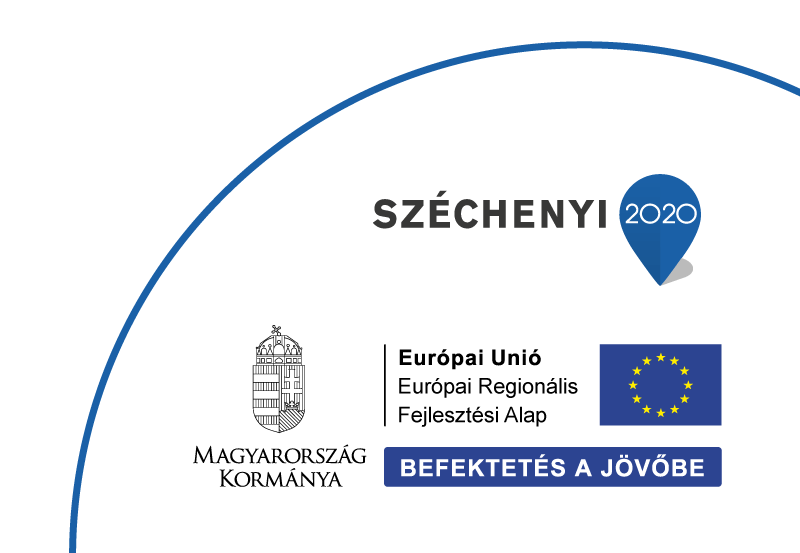 |
Témavezető | |
| E-mail cím |
|
|
| Kutatási terület | Fundamental research in atomic physics | |
| Kutatásban résztvevők | ||
| Eszközök | ||
| Publikációk |
It was recently discovered that slow, highly charged ions can pass through tilted insulating nanocapillary arrays. The guided transmission along the long channels is caused by the charges deposited on the walls. We systematically study this self-organizing phenomenon.
Slow ions of a few keV energy can pass through narrow capillaries in thin insulating foils without changing their charge state even when the capillaries are tilted. In the long channels (the length of the capillaries is about 100 times larger than their diameter), the ions are deflected and guided by the charges previously deposited on the capillary walls by the incident ion beam. The understanding of the self-organizing process that enables the ion beam to be transmitted and guided along the capillaries, is important from a fundamental point of view. Furthermore, insulating capillaries can be used for directing and focusing ion beams on the micrometre scale. This phenomenon is investigated experimentally for capillary samples of polyethylene terephthalate, polycarbonate, aluminiumoxide and glass at the ECR ion source of Atomki. Two-dimensional imaging of the angular distribution of the transmitted ions and neutrals is performed. The different charge states are separated by an electric field and are studied simultaneously. The time development of angular distributions, the chargeup dynamics, the successive development of charge patches inside the capillaries, the formation of neutrals and charge migration in the capillaries after irradiation are studied.
 Magyar
Magyar
